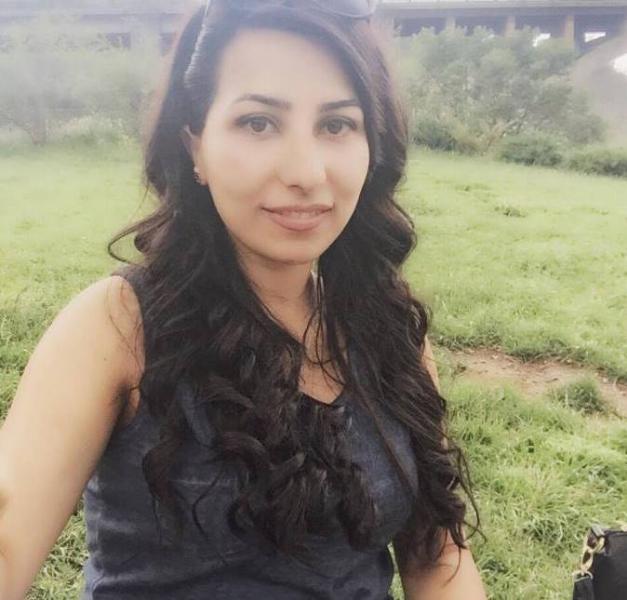In order to include children with special needs of education in the process of public education, the system of inclusive education presupposes, from the one hand, solidarity and solicitude, and confidence from the other. Knarik Nersisyan’s article We are Different but we are Together about inclusive education was very interesting and impressive. To change the attitude towards people with special needs and in this way to gain their confidence, the environmental impact is also of great importance, and the environment is as favorable as it is close to nature. Nature, as we know, is a complete system with its flora and fauna, air and water. These are just some of the tools that are used for the learners with special needs in the process of rehabilitation and inclusion. Treatment of people by using animals has been known since the time of Hippocrates, as evidenced by some of the saved works of art and excavation results. The positive result of contacts with dogs, while treating various diseases, was revealed in ancient Greece and Egypt about three thousand years ago. In 1792, in the city of York, England, they began to use dogs in hospitals while treating the patients therapeutically. Zootherapy, as an effective means of psychotherapy with the involvement of dogs, dolphins and horses, was put into practice in Europe in the second half of the 20th century.
In Armenia, the contact with animals as a method of inclusive education has first been used in Mkhitar Sebastatsi Educational Complex. Our Educomplex has a farm where five horses are taken care of, and we have begun making our first steps in hippotherapy. Initially, doctors used hippotherapy as therapeutic physical training. It was proved to have positive results because it had a positive psychological effect on the horse rider raising his/her self-confidence. Nowadays, this therapy is part of the rehabilitation process and is applied in cases of cerebral palsy, autism, development delay, Down syndrome, psychological traumas, and behavioral disorders. This is also very helpful when working with children having locomotor problems. When working with children having autism, horses play the mediator’s role. They help us to communicate with the child. Children with cerebral palsy develop their ability to balance their bodies. It also develops their muscle system.
When the children first saw the horses, it was interesting for them just to see what the horses were doing, what they were eating and where they lived. They touched them, felt the warmth of their bodies and little by little they began to love them. Contacts with animals have positive results the most important of which is the concentration of their attention on what is going on. It gives positive energy to children, providing them with a positive emotional background.
Hydrotherapy also develops children physically and psychologically, and it is of great importance for the children who are in need of special conditions. Water therapy has an overall strengthening, calming influence, and a strong impact on the central nervous system. We developed a project entitled “Hydrotherapy as an Educational Tool“. The training calmed down the children’s nervous system and helped them to overcome stressful situations. The parents were also took part in the training.
To work with children with special educational needs we have formed a team of educators having different specialties, and this team is working on the principle of collaboration.
The links to the sources used:
http://goodnewsanimal.ru/news/zooterapija_ili_kak_nas_lechat_zhivotnye/2012-10-29-2042
https://www.adme.ru/zhizn-semya/eto-foto-zatronulo-serdca-tysyach-lyudej-po-vsemu-miru-1415665/
http://www.blackpantera.ru/pediatrics/27830/
https://ru.wikipedia.org/wiki/%D0%9F%D0%B5%D1%82-%D1%82%D0%B5%D1%80%D0%B0%D0%BF%D0%B8%D1%8F
Translator: Yura Ganjalyan

